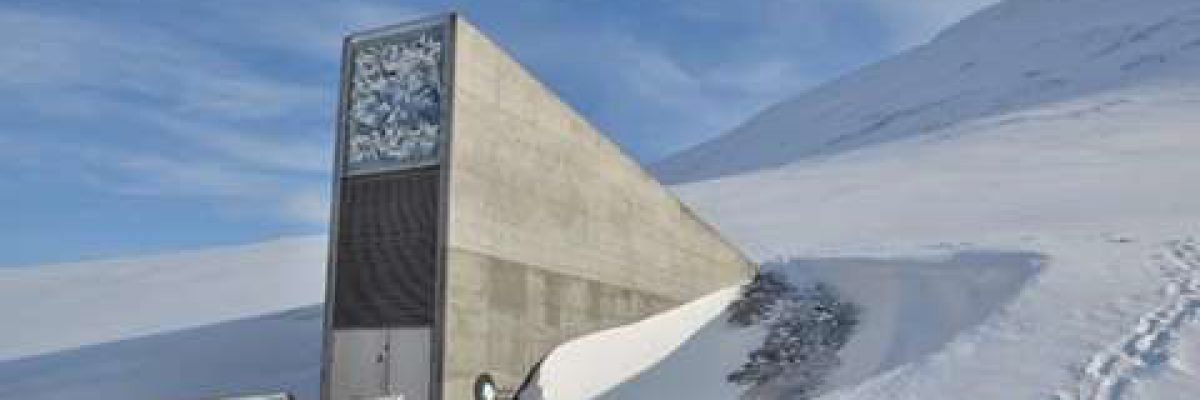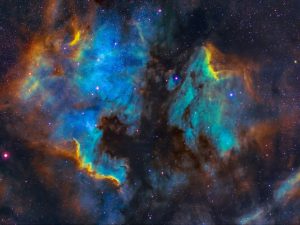In the Arctic ocean, north of Norway, at the center of Spitzbergen island, lies the global seed vault, an underground structure that reaches a depth of 120 meters and is dug into a mountain. It contains 1.5 million types of seeds, mainly of plants used for food production. The goal is to protect these plants from possible extinction and to preserve the ability to “bring them back to life.” Funding was provided by the Fund for the Preservation of Global Diversity and the responsibility for the operation of the site was given to the Government of Norway.
The seeds are frozen at a temperature of minus 18 degrees Celsius, A climate conditions that should protect them. The safe itself is sealed from moisture and the packages containing the seeds are protected by several layers of protection. The entrance to the building is at 130 meters high to prevent flooding in an event of increase in the sea level and is supposed to be protected against strong earthquakes.

However, the global warming did not skip the area, the changing environmental conditions in the Arctic region and the rise in temperature, especially during the summer season, led to the realization that there was a clear danger to the seeds in the safe and that mechanical devices were needed to preserve the low temperature.

But most of all, building this “safety deposit box” attests to the growing understanding of the future of the Earth and the composition of its rapidly changing atmosphere. It has recently been reported that the rate of warming is faster than we thought, due to the discovery of huge reservoirs of Co2 and methane that are located under vast areas in Canada and Siberia, uncovered from rapidly melting ice. The emission of these gases into the atmosphere will accelerate the process of warming.
https://www.regjeringen.no/…/svalbard-global-seed…/id462220/




